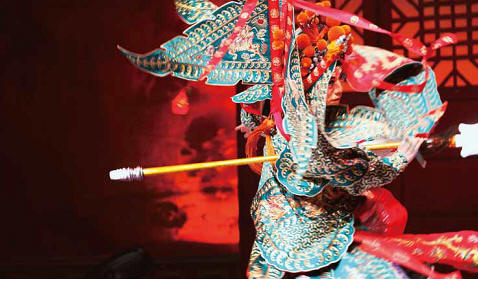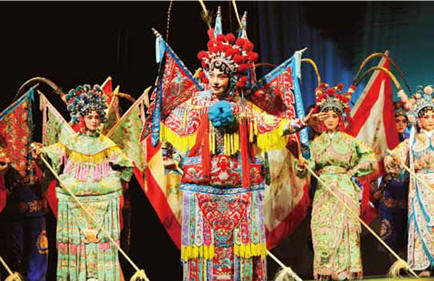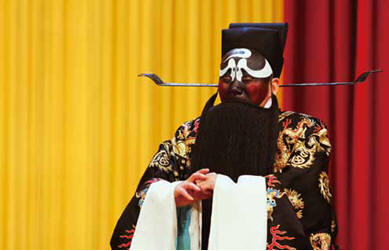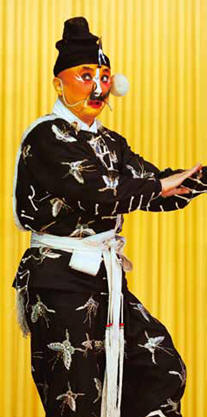Beijing opera or Peking opera is a form of traditional Chinese theatre which combines music, vocal performance, mime, dance and acrobatics. It arose in the late 18th century and became fully developed and recognized by the mid-19th century.
Beijing opera features four main types of performers.
Sheng

The Sheng is the main male role in Beijing opera. This role has numerous subtypes. The Laosheng is a dignified older role. Young male characters are known as Xiaosheng. The Wusheng is a martial character for roles involving combat. They are highly trained in acrobatics, and have a natural voice when singing.
Dan

The Dan refers to any female role. Dan roles were originally divided into _ ve subtypes. Old women were played by Laodan, martial women were Wudan, young female warriors were Daomadan, virtuous and elite women were Qingyi, and vivacious and unmarried women were Huadan. In the early years of Beijing opera, all Dan roles were played by men.
Jing

The Jing is a painted face male role. Depending on the repertoire of the particular troupe, he will play either primary or secondary roles. Beijing opera boasts 15 basic facial patterns, but there are over 1000 speci c variations. Each design is unique to a specific character.
Chou

The Chou is a male clown role. The Chou usually plays secondary roles in a troupe. The name of the role is a homophone of the Mandarin Chinese word chou, meaning "ugly". This reflects the traditional belief that the clown's combination of ugliness and laughter could drive away evil spirits.





